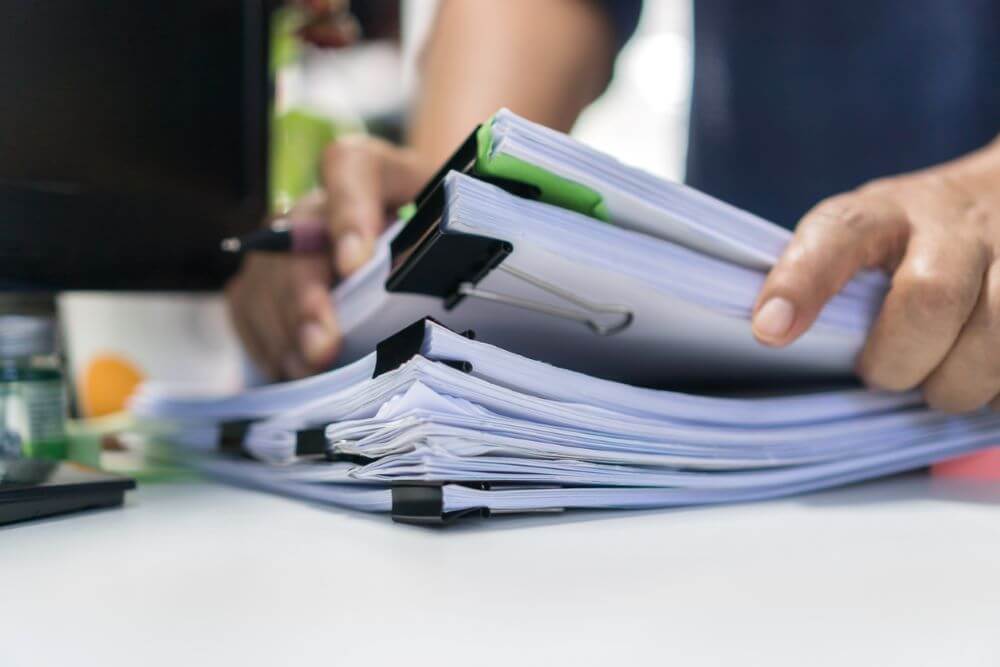The media often covers data breaches and cyberattacks that expose the personal data of large groups of people, leaving them vulnerable to identity theft and other forms of fraud. One of the best ways to help protect yourself from digital threats like these is to safeguard your data online.
But your personal data isn’t just vulnerable on the internet; it can be offline too. There are many old-fashioned ways that criminals can still access your personal information, from stealing your mail to tricking you into providing sensitive information yourself.
It’s just as important to safeguard your personal data in the “real world” as well. Here’s how to help protect your identity offline.
1. Protect Your Sensitive Information Offline
You probably keep many sensitive documents in your home, from Social Security cards to old tax returns to bank account statements. Don’t just leave them sitting unprotected in a drawer, protect your documents from identity theft. Instead, keep important documents hidden from sight and locked away in a lockbox, safe or locked filing cabinet.
Sometimes paper documents like old bills, credit card statements or tax returns are no longer useful to keep around. You shouldn’t just throw them out because they can be fished out of the trash and used to commit fraud or theft. It’s a good idea to invest in a paper shredder to destroy old documents (at the very least, shred them by hand before you throw them away).
2. Protect Your Mail
Your mail may contain valuable information, including your name, address, bank account information, financial statements and more. But many people receive their mail-in unsecured mailboxes that can be accessed in seconds. One of the best ways to help protect your mail from identity theft is to get a mailbox that locks or install a lock on your existing mailbox. Alternatively, you could rent a P.O. box and have your mail delivered there.
If you move, make sure you update your address with the post office and have all your mail forwarded to your new home. Provide your new address to everyone you do business with, including your bank, credit card company, medical providers, insurers and more.
Shred mail that you don’t need if it contains personal information. For outgoing mail, hand it directly to a mail carrier or leave it in a secure mailbox. Use security envelopes to prevent anyone from seeing what your mail contains.
3. Ask Vendors About Offline Security
Many organizations such as medical providers store information about their patients on paper forms. Make sure you ask anyone you do business with about their security procedures to ensure they’re protecting your information. Don’t write down any information that isn’t necessary for the business you’re doing.
4. Don’t Volunteer Personal Information
Be cautious in conversations over the phone and in person. The individual you’re speaking with may not be who they say they are, even if they claim to represent a company or organization you’re familiar with. If someone calls or approaches you asking for information, call the company directly on their official line or visit a physical branch to verify the request.
5. Protect Your Belongings in Public
Make sure you always know where your wallet, purse, cell phone, laptop, and other belongings are when you’re in public. Minimize the amount of personal information you carry with you in public – for example, your Social Security card can generally be left at home unless you need it for a specific reason.
If your belongings are stolen, report the theft to the police and other parties (for example, your credit card provider). Also, sign up for an identity theft protection plan so that you’ll be notified if someone attempts to steal your identity offline or online.

